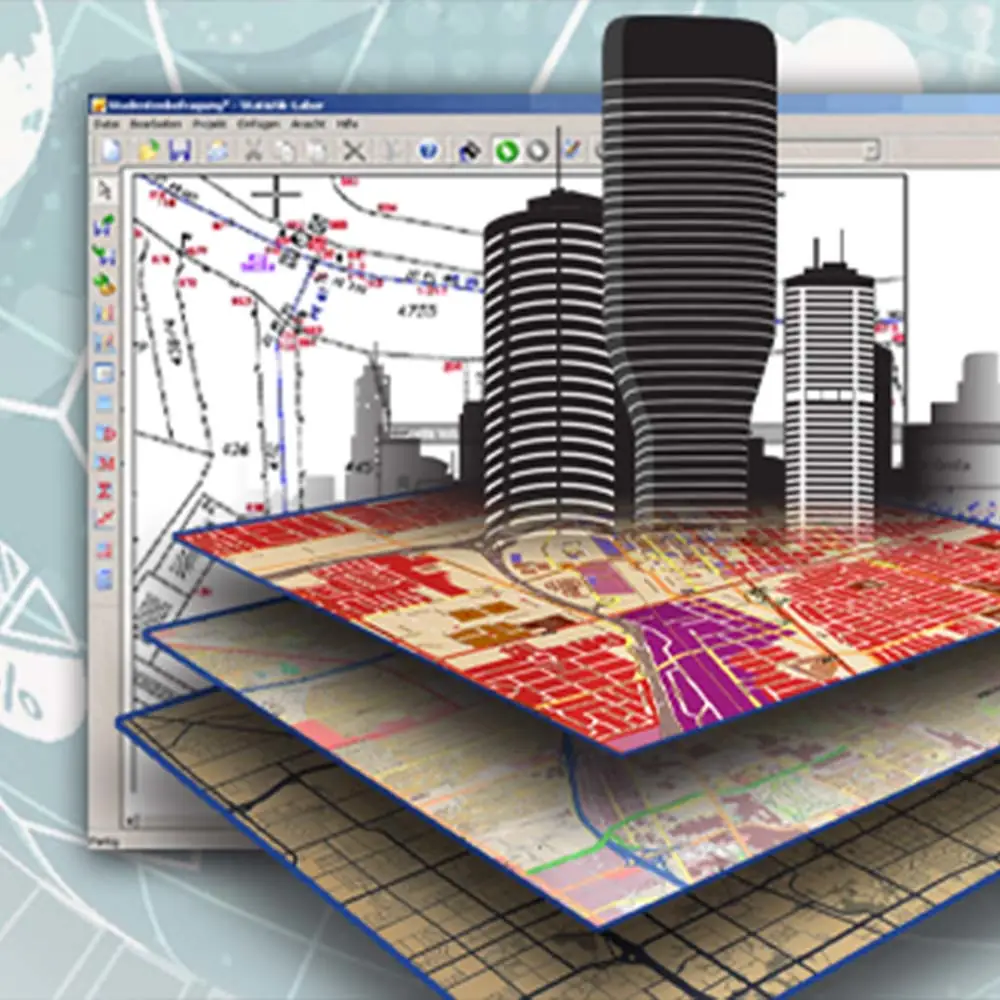DIGITAL TERRAIN MODEL
The Digital Terrain Model (DTM) is a mathematically defined continuous surface in digital format that represents terrain to a sufficient degree. The DTM is a standard method for terrain surface presentation in digital format and presentation of information on terrain altitude.
The Digital Terrain Model may be integrated with other spatial data in a very simple manner, in CAD or GIS environment, which facilitates its broader application. It is exceptionally beneficial for all types of spatial analyses and for elaboration and implementation of designs for development of constructions on the terrain surface (analysis of range, 3D visualization, erosion estimation, estimation of ground works, calculation of volumes, etc.).
The DTM at the RGA's disposal is being produced using the aerial photogrammetric and LiDAR acquisition data.
The DTM produced using the aerial photogrammetric acquisition data is represented by altitude points determined at the positions of predetermined grid (5 m, 10 m and 25 m) and break lines that characterize the altitude structure of the surface of interest, where the surface configuration changes occur. Based on the data from the aerial photogrammetric acquisition for epoch 2011-2013, the DTM obtained from the aerial photogrammetric acquisition 2007-2010 is being updated.
The high accuracy DTM is produced using the LiDAR acquisition data and primarily being used for the definition of flood hazard areas and planning of the activities in the field of hazard zones protection by the competent institutions at national and local levels:
- Based on the LiDAR acquisition data for flooding area of Tisa river (area of approximately 2020 km2) performed in 2012 under the Project for establishing the National Spatial Data Infrastructure and Remote Sensing Center of the Republic of Serbia - IGIS Project, the RGA had produced high accuracy Digital Terrain Model with 1 m grid, mean accuracy of 0.07 m. Parameters of georeferenced high accuracy DTM for flooding area of Tisa river have been determined by the parameters of reference system in the plane of projection for the Republic of Serbia (SRB_ETRS89/UTM), and altitudes are expressed against the official quasi-geoid of the Republic of Serbia as the vertical reference surface.
- On the basis of LiDAR acquisition data for the purposes of creating a DTM of significantly flooded areas in the Republic of Serbia, which is underway, a high accuracy DTM is being created that will be used for the purposes of hydraulic modeling in the process of creating hazard maps and flood risk maps and improving the flood protection system. The implementation of the works is carried out as part of the Project "Flood risk maps developed for sub-basins and flood protection improved" and is financed from EU pre-accession funds (IPA II 2014 - Sector: environment) and donations. The project area represents 74 significant flood areas with a total area of about 9427 km2.
Issuing of the Digital Terrain Model data is regulated by the Law on republic administrative fees.






